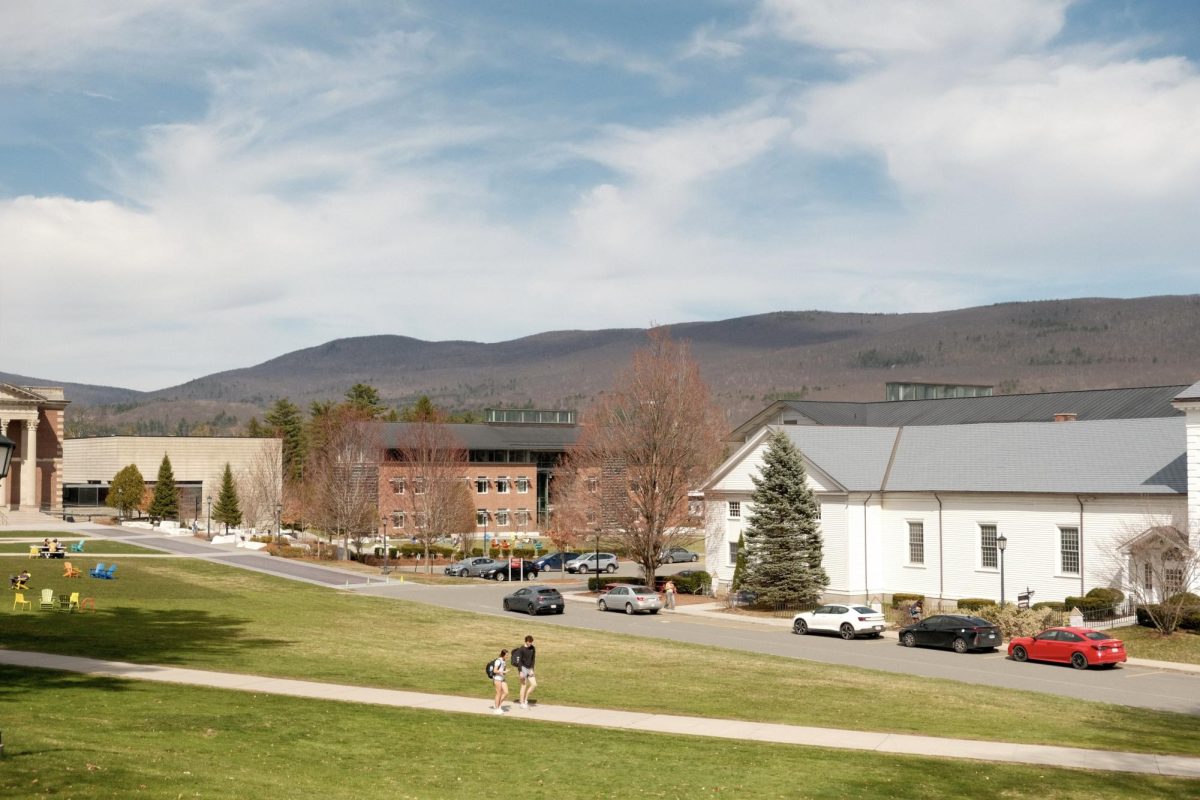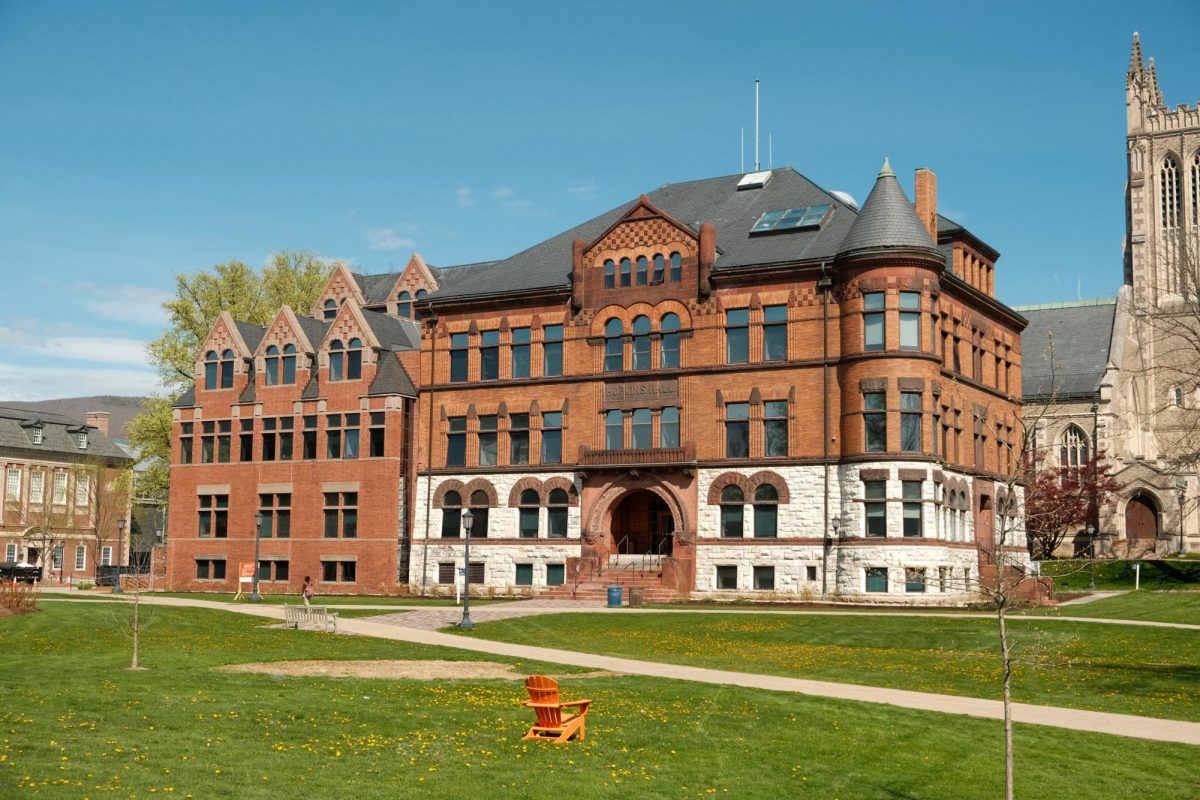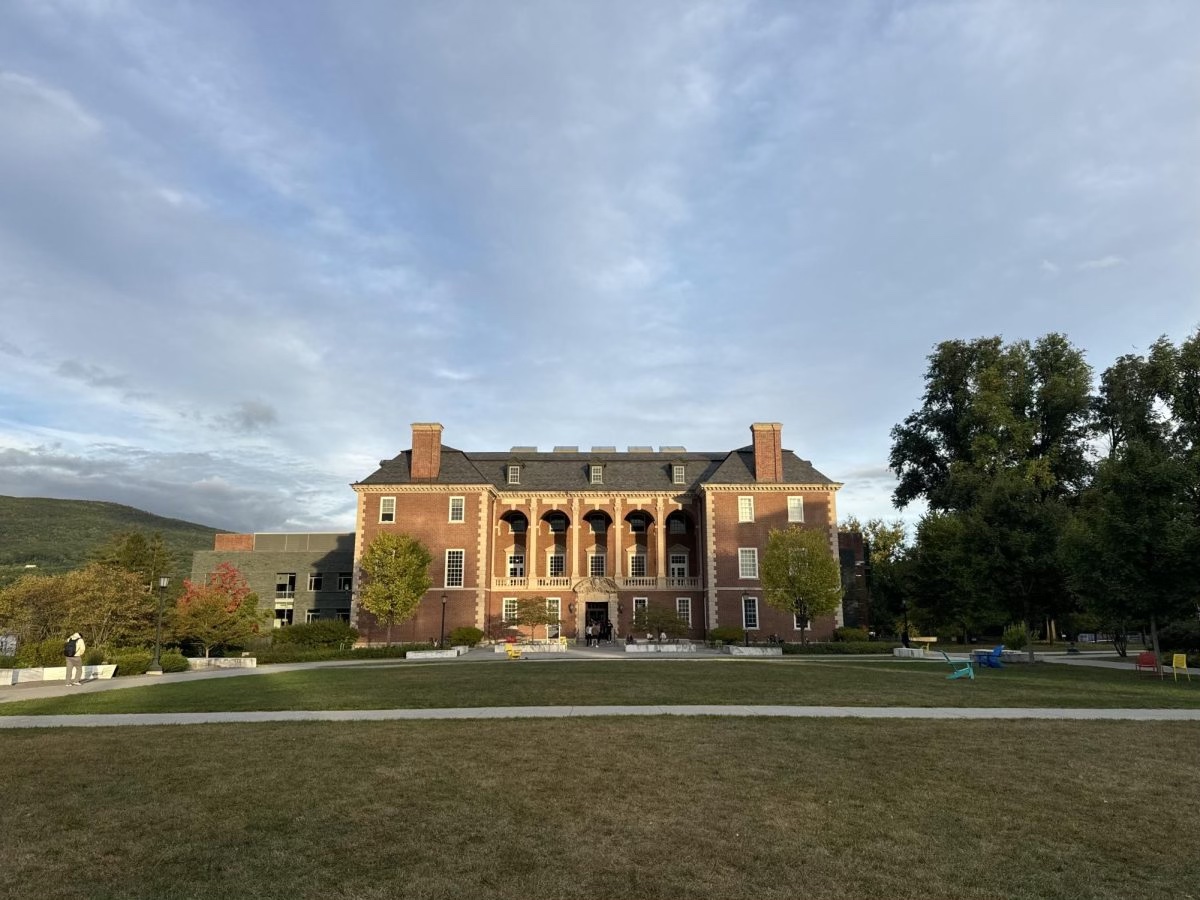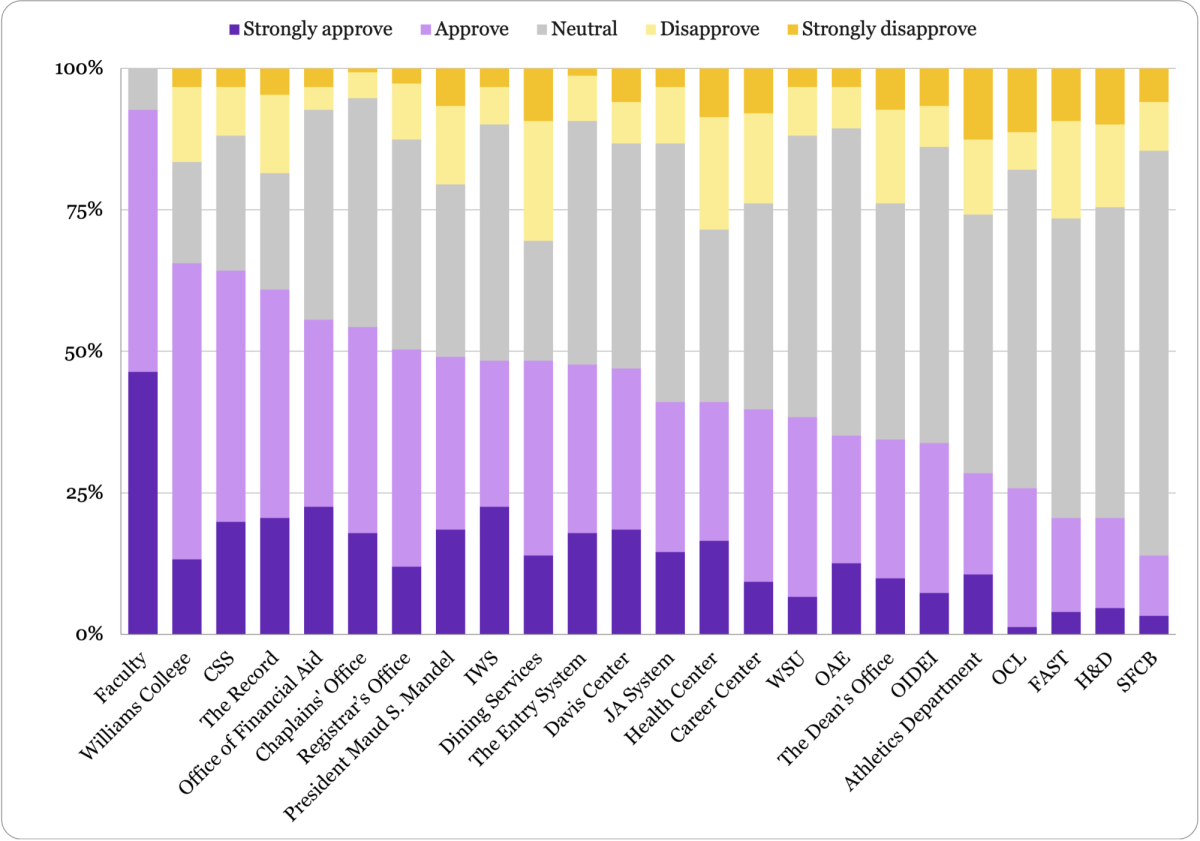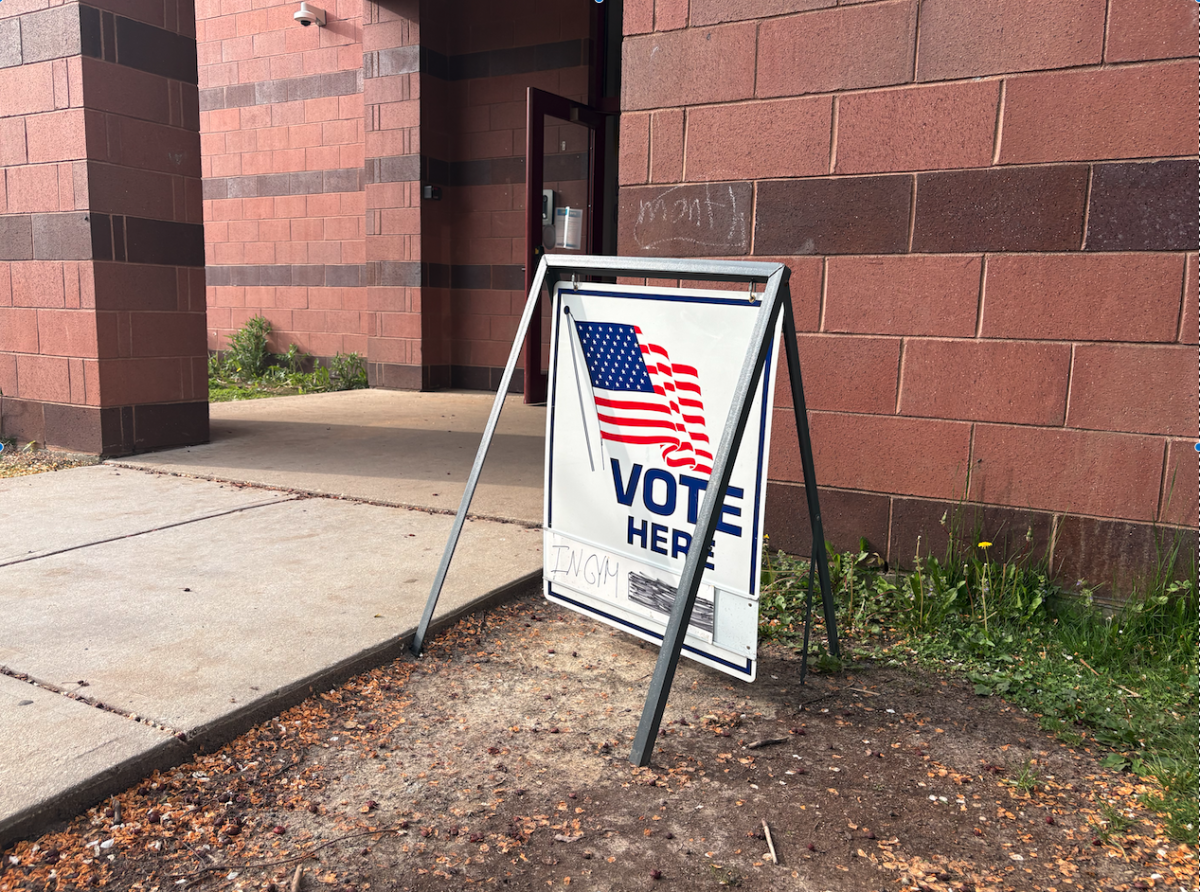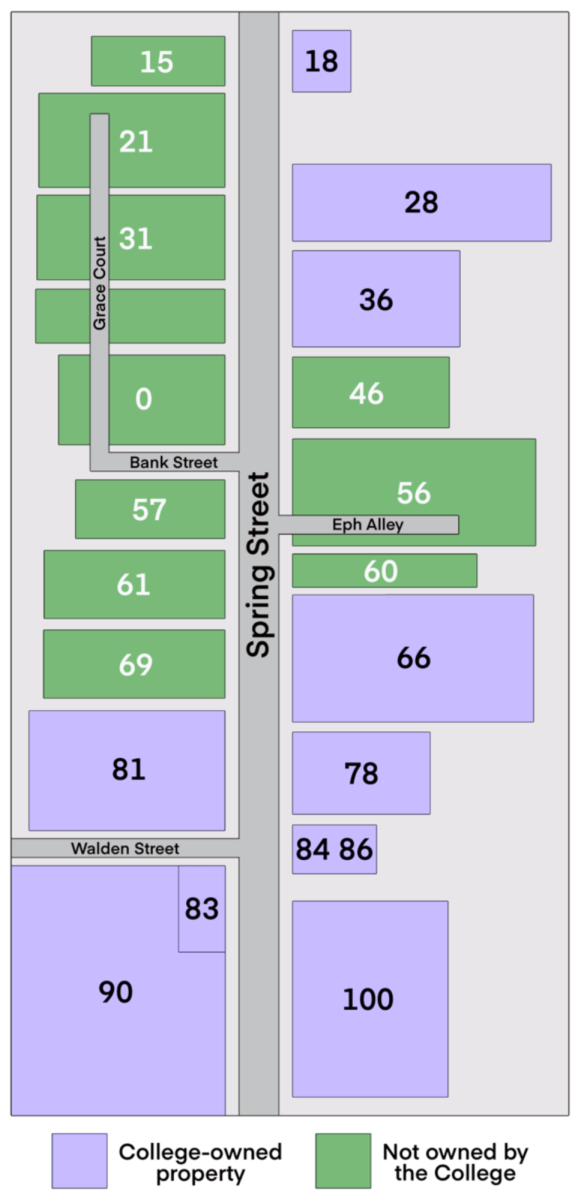Reflections of a past ablaze in works by Debussy and Monet
March 8, 2023
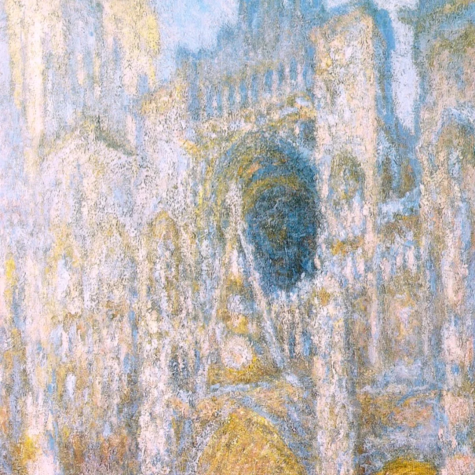
On the heels of rereading W.G. Sebald last week, I found myself in the WCFM music office, seeking an anchor for my hazy memory in some familiar music as I unearthed their classical records. To my delight, I discovered something I had no idea existed — an album of French composer Claude Debussy’s piano music recorded by Ivan Moravec, a Czech pianist famous for his deep attention to sonority in his playing and equal attention to sound engineering in his recordings.
A quick Spotify search further excited me — the album wasn’t on there, unlike the rest of Moravec’s prolific output. I had managed to encounter music neglected by digitization and that I might never have otherwise found, music that some past student at the College had filed away in the back years ago. As I played the record, I began to feel a sense of being placed in context — having excavated this album from the archives, I was in touch with a sense of history at the College beyond my time.
I was awestruck by Moravec’s rendition of my favorite Debussy prelude, “La cathédrale engloutie,” or “The Sunken Cathedral” — booming with echoes of church bells and organ chords, the piece alludes to a Breton legend of a lost cathedral sounding with musical life underwater. Under his hands, it was transformed; the gentle music positively shimmered as the bells’ tones rose out of the fog — as Debussy writes on the score — and came to ring out fully and joyously. As I’d played those same chords some years ago, learning the piece during quarantine at home, I felt attuned to my own history too.
Though I’d never heard the prelude performed with such convincing pianism, it occurred to me that no matter what, the piano can never truly faithfully recreate the bells’ percussive sonority or capture the sustained power of the organ, not with its palpable decay of sound once the keys are struck. By the nature of the piano’s sound, the last bit of fog always remains. The sunken cathedral, long since disappeared from view, can never truly rise again, not even through the aural echoes we may listen for with our eyes closed. The cathedral ultimately sinks back down, and softer and softer echoes close out the piece, a light extinguished — but the glimpse of its powerful, fleeting brilliance is imprinted in my mind.
Listening to Debussy’s glimmering piece, I was reminded of Impressionist painter Claude Monet’s Rouen Cathedral, Facade in Sunlight, a painting I have seen often at the Clark Art Institute. Comparisons between Debussy and Monet abound, but I find a unique resonance in their attitudes to illuminating the past — whether with a piano or with paint.
Whenever I visit the Clark and find my way to this Monet painting, I lose perspective, standing too close and focusing too finely on the thickly layered paint suggesting bright daylight. In person it is always warmer and larger than it is in my memory, and as large as it is, the painting does not seem to be about representing the cathedral as it really was on the day, nor even the light as it really was. It is only at a particular distance, with my head tilted this way or that, at times I can’t predict, that I receive the shock of having happened to sense the painting as an echo of its brilliant flash of sunlight.
Monet worked partly off memory to complete his many Rouen paintings rather than finish each one on the spot, in effect turning the attempt to capture the elusive play of light on such a grand historical fixture into a reflection on our sense perception, our memory, and our attitude towards history. His brilliance, I now realize, is that of setting ablaze our ways of representing the past so that they may be illuminated to us for a precious moment or two of insight — before disintegrating and leading us to reflect anew. Focusing on his painting, I feel I may experience at any moment a jolt of remembrance — that I may recognize his particular slant of light in a previously forgotten memory of my own.
I believe Debussy’s piece to exhibit the same fiery impulse, even as it thrives underwater. Being enveloped in sonority in the studio, as I heard the generous, organ-like chords herald the momentary rise of the cathedral, it was impossible not to catch a glimpse of that blazing past. And being here at the College, it is impossible for me not to seek brief moments of history reflected in every chance encounter with forgotten time — not when I am so keenly aware of participating in its history now.
Rijul Jain ’25 is from San Jose, Calif.



